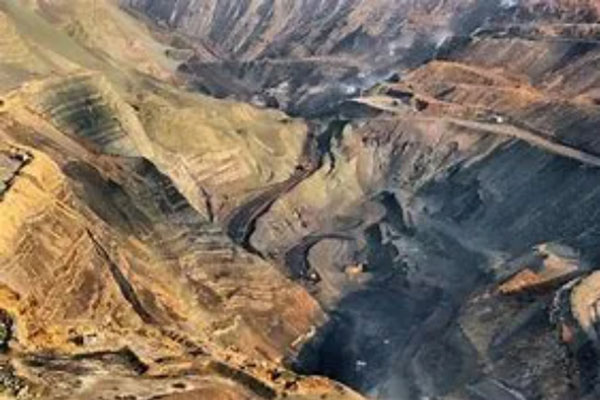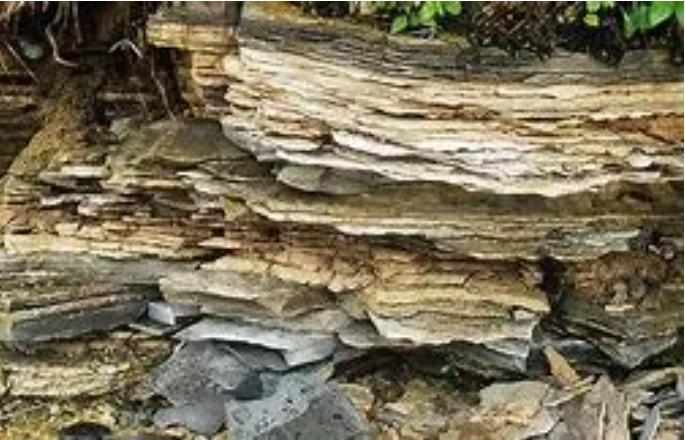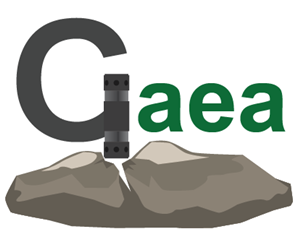Master the core points of drilling technology
New technology: O2 rock demolition system
Link:
More than 60% of the mineral resources discovered so far are distributed underground, which requires prospecting drilling technology. Since China's geological prospecting developed relatively late, the level of drilling technology is not very high, and the average prospecting depth is within 300 meters to 500 meters. This has led to a certain gap between China's deep prospecting and the international level, which is not conducive to the further development of China's deep prospecting work. Therefore, relevant technical researchers need to further study drilling technology, especially deep drilling technology.
Characteristics of deep prospecting drilling:
Compared with shallow prospecting and open-pit prospecting, deep prospecting is mainly used for prospecting in the deep crust. Geological prospectors use drilling technology in deep wells to conduct stratum prospecting. Deep prospecting drilling has the following main characteristics.

(1) Various types of strata will be encountered during the drilling process. It is necessary to make all preparations before conducting deep prospecting, first drilling shallow strata, and then gradually going deeper. During the drilling process, the type of strata must be taken into consideration. These strata are all ancient strata that have been formed over a long period of time and have undergone continuous changes. For example, during the deep prospecting drilling process, Jining Iron Mine encountered different types of rock formations such as Majiagou limestone, Changqing limestone, Jiulong limestone, dolomite, and siliceous sericite phyllite. When drilling, a large diameter borehole is needed to solve the problem of well wall collapse.
(2) Complex strata. During deep prospecting drilling, it is inevitably affected by geological structures. Especially when exploring metal minerals, the diverse types of strata and the influence of various geological factors will lead to inaccurate prospecting results.

For example, when comparing various ores, including iron ore, silver ore, gold ore, and copper ore, due to the complex geological environment at the bottom of the ore layer, the structure is constantly moving, and the fault zone is constantly developing, the strata are unstable. Some strata also contain water, which is also an important destabilizing factor.
The mud and rocks in the strata will cause the strata to be unstable, showing weak abrasive sliding, or seeping into the strata. Since the drilling time is relatively long, the hole wall will lose stability. After the formation is exposed, as the drilling time increases, the formation will inevitably be affected by the drilling and change. When encountering hard and slippery formations during drilling, the drill bit will be damaged and the drilling efficiency will inevitably be affected.
(3) It is difficult to prevent borehole tilt. When conducting deep prospecting drilling, it is easy to encounter formations with well-developed foliation or bedding. The anisotropy of the rock itself will cause the phenomenon of difficulty in preventing tilt during the drilling process. When the borehole tilt occurs, it is difficult to solve. Optimizing the drilling technology can not only improve the quality of deep prospecting drilling, but also ensure the progress.

Key points of deep prospecting drilling technology:
Based on the above analysis of the characteristics of deep prospecting drilling, it can be clearly seen that some common phenomena will occur in the process of deep prospecting drilling, and corresponding technical adjustments need to be made to ensure that the technical operation is in place and the drilling quality is improved. The technical points of this study mainly include three aspects, namely the technical points of complex formation drilling, the technical points of fault mud drilling and the technical points of directional drilling. The details are as follows.
(1) Key points of drilling technology for complex strata in deep prospecting drilling:
Complex strata formed by river action, mineral rocks, weathering, etc., the rock itself is a weakly consolidated stratum, in which the bond value of rock particles is relatively low. This type of stratum should be selective in the use of drilling tools to ensure the smooth development of prospecting drilling work and achieve twice the result with half the effort.
When entering the drilling operation, it is necessary to reasonably control the drilling speed, accurately grasp the drilling location, and reasonably control the influencing factors to avoid negative effects on the drilling work, causing the hole wall to fall or break.
The viscosity of the flushing fluid used in drilling can increase the low adhesion of rock particles, and treat the rock particles appearing on the hole wall to increase the bonding between them and the rock. The mud pump should be controlled during operation to avoid the problem of well wall collapse or damage. Therefore, it is necessary to do a good job of water loss control.
For example, in the process of processing shale formations, it is necessary to control water loss between 8 ml and 10 ml to reduce the problem of mud shale formation decline and avoid collapse or leakage. The main purpose of using high-salt drilling fluid during construction is to reduce dissolution and prevent the formation salt rock from affecting the borehole diameter.
When encountering a highly fragmented formation during prospecting drilling, it is necessary to take certain plugging measures. The use of active substances or cementing substances can make the loose or consolidated broken rocks in the formation continue to solidify and prevent them from falling off during drilling, thereby improving the stability of the rock surface and increasing the rock strength before drilling.

Of course, foam mud drilling or casing technology can also be used to seal the broken rock section, which has a good reinforcement effect on the rock.
(2) Key points of drilling technology for fault mud hole sections in deep prospecting drilling:
Deep formations can cause fault mud phenomena under the influence of geological movements. When drilling in such formations, key points must be effectively controlled. For example, after drilling a hole in a fractured rock formation, plastic flow problems usually occur, resulting in drill jamming or necking. When the rock formation in the fractured area is under high stress for a long time, there will be a problem of internal stress imbalance in the formation.
This type of formation often contains clay such as montmorillonite, which is prone to water absorption and swelling, causing necking. In addition, the surface area of the excavated rock is relatively large and the quality is very good. When it encounters water, it will clamp the drill rod, thereby increasing the difficulty of pulling the drill rod.
Therefore, during the drilling process, it is necessary to control the water loss in the mine. Usually, the water loss is 8 mg to 10 mg per half hour. After the lubricity is controlled, a certain concentration of vegetable oil needs to be added to the mud, and the concentration is required to be controlled between 6% and 10%.
(3) Key points on directional drilling technology in deep prospecting drilling:
The drilling of branch holes and main holes in deep prospecting are important construction links. In the process of drilling, it is necessary to master the key points of directional drilling technology, control the drilling force, and control the drilling accuracy within half a meter. The use of directional drilling technology can achieve good results in the exploration and drilling of halogen ores. In the process of deep exploration drilling, various preparations must be made before drilling to avoid reducing the efficiency of drilling technology and affecting the drilling quality.
With the continuous development of technology, drilling technology will continue to improve. For example, in terms of drilling data, it has achieved precision in theory, drilling design, drilling commissioning, drilling, measurement, etc. Drilling operations and data analysis are carried out simultaneously to improve work efficiency. Therefore, in the application of directional drilling technology, the technical advantages should be brought into play, and the drill pipe and drill string should be used in combination to balance the force of the drill pipe.
In addition, attention should be paid to the lubrication and maintenance of the drill pipe to reduce friction and resistance, thereby improving the efficiency of the drill pipe. When the drilling depth has reached 50 meters, it is necessary to measure the angle of the borehole and its bearing capacity, and then adjust the drilling force and drilling angle according to the measurement results to reduce the difficulty of drilling. When the drilling depth exceeds 150 meters, the diameter and wall thickness of the drill pipe should be appropriately increased, and high-strength rope core drill pipe should be selected.




